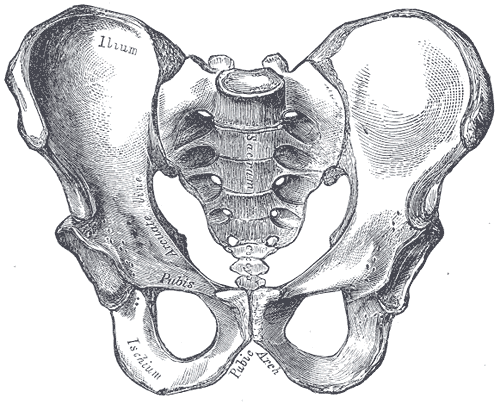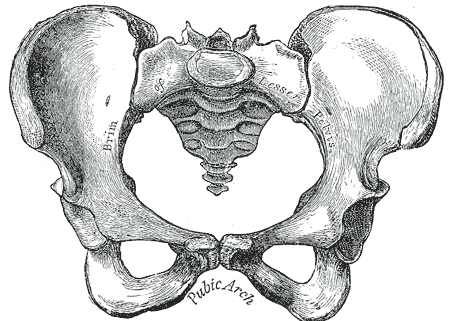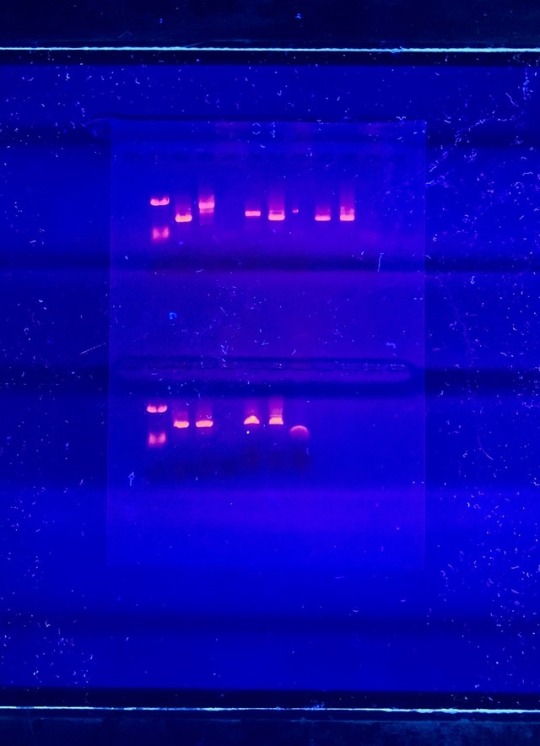Image Source: Mike Peel. www.mikepeel.net. Yorkshire Museum - skeleton of a wealthy woman 1. Wikimedia Commons.In 1901, during the construction of the York to Scarborough Railway Bridge, close to the River Ouse, workmen discovered a large stone coffin with...

Image Source: Mike Peel. www.mikepeel.net. Yorkshire Museum - skeleton of a wealthy woman 1. Wikimedia Commons.
In 1901, during the construction of the York to Scarborough Railway Bridge, close to the River Ouse, workmen discovered a large stone coffin with a skeleton inside. The skeleton was found with many unusual, and expensive artifacts. This is a significant discovery from Roman York. Studying the skeleton revealed that it belonged to a woman.

Image Source: Mike Peel. www.mikepeel.net. Yorkshire Museum - skeleton of a wealthy woman 2. Wikimedia Commons.
Sexual Dimorphism in Humans:
On average, men are 8% larger than women.
Anatomical differences between men, and women can be easily seen in some soft tissue, however, this is limited in the skeleton. The human skeleton shows subtle morphological differences between the skull, dentition, pelvis, and long bones of men and women. On average, female skeletal elements are smaller, and less robust than males.
Some areas of skeletal differences amongst human males and females are:
Note: variation, and these traits are basically nonexistent on pre-pubescent skeletal remains.Skull: Mastoid processes, median nuchal line, supraorbital margin, supraorbital ridge, chin, and gonial angle of the mandible.
Dentition: Canines.
Pelvis: Greater sciatic notch, sub-pubic angle, sacrum, and pelvic cavity. Women have wider pelvises to allow for child birth.
Long Bones: On average are longer, and have more pronounced muscle attachments in males.


Image Source: Henry Vandyke Carter. Gray241. Wikimedia Commons.
Image Source: Henry Vandyke Carter. Gray242. Wikimedia Commons.
Left: Male pelvis. Right: Female pelvis.












